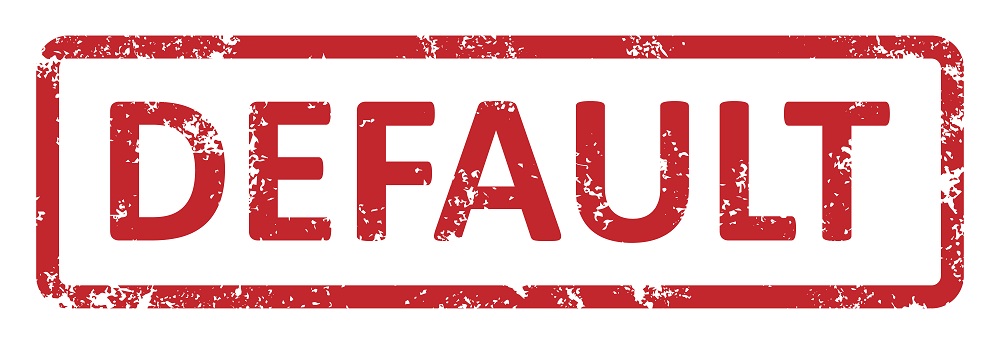
Some question about Sovereign Defaults and how often they occur seem to assume the the Age of New Economics ushered in by Keynes eliminated that possibility and besides, it only took place once in 1931. Even within the United States, the federal government promised to honor the debt of the Continental Congress. They did not. That is why you can buy Continental Currency that they promised to redeem and never did.
Then there are the people who hate the Fed and assume that Andrew Jackson (President 1829–1837).was correct in destroying the Bank of the United States. Jackson shifted the federal deposits to the state banks giving them the undue attention and trust they did not deserve. This ushered in the Broken Bank Note Crisis. Instead of one bank issuing money, now countless banks did so.
Jackson ushered in the Broken Bank Note Era with massive bank defaults. The lack of a central bank was far worse. All of these banks nobody could find many banks that issued money and it all circulated nationally. The consumer was clueless as to which banks were real and other outright frauds. Those that just look at Jackson taking down a central bank and cheering, they fail to look deeply at the Broken Bank Note Era, which. led to the the Panic of 1837 that then set in motion the Sovereign State Debt Defaults of 1839-1843.
In 1841 and 1842, eight states and the Territory of Florida all defaulted on their sovereign debts. Traditional histories of the default crisis have stressed the causal role of the depression that began with the Panic of 1837, unexpected revenue shortfalls from canal and bank investments as a result of the depression, and an unwillingness of states to raise tax rates. However, these stylized facts do not fit the experience of states at all very well. The majority of state debts in default in 1842 were contracted after the Panic of 1837; and most states did not expect canal investments to return substantial revenues by 1841 and did not experience unexpected shortfalls in those revenues. Finally, most states were willing to raise tax rates substantially and did. The relationship between land sales and land values explains much of the timing of state borrowing and the default experience of western and southern states. Pennsylvania and Maryland defaulted because they postponed the imposition of a state property until it was too late. The United States was the emerging market for Europe and these defaults ruined its credit for decades to come. The Bank of England still has some State debts that were never made good. The Panic of 1837, which had been caused by an overexpansion of banks, caused farmers, planters and merchants to lose their enterprises. This led to a economic contraction that further reduced bank deposits causing bank failures as the depression then settled into the states from which it sprang. States issued bonds to try to bail out the banks and many states ended in default.
During the period, U.S. states borrowed more than $200 million by selling long-term bonds in domestic and international financial markets to finance transportation and banking projects. They went nuts borrowing and spending money and Andrew Jackson’s bank war merely gave them credibility they did not deserve. The total borrowing by the states approached a level nearly twice as high as the debt of the federal government at its peak during the period 1790-1840. The federal debt was largely the costs for the American Revolution and the War of 1812. These two wars were less than half what the states had borrowed during their spending binge and fiscal mismanagement.
In 1841, state debts outstanding totaled $198 million. Then the improvement era came to a screeching halt. In 1841 and 1842, eight states and the territory of Florida defaulted on their debts. Three other states narrowly avoided default. Five of the nine defaulting states repudiated all or part of their debts entirely – Arkansas, Florida, Louisiana, Michigan, and Mississippi. The credit of the U.S. federal government, which never defaulted after the debt restructuring of 1790, was tarnished for decades along with the states that did not default. Pictured here is a State of Louisiana bond issued in 1842 and is hand signed by the State’s Governor, Andre Bienvenu Roman and its Treasurer, F. Gardner. This historical document states it was issued to “…revive the Charters of the several banks located in the City of New Orleans…” Louisiana experienced years of economic growth as the number of banks doubled and capital increased thanks to Jackson’s bank war. The state banking crisis that was instigated by the Panic of 1837 was relieved only by new banking laws. In the aftermath, instead of asking why some states borrowed so much, politicians at the time focused on the debt crisis itself and asked how states could have gotten into such an embarrassing mess.













